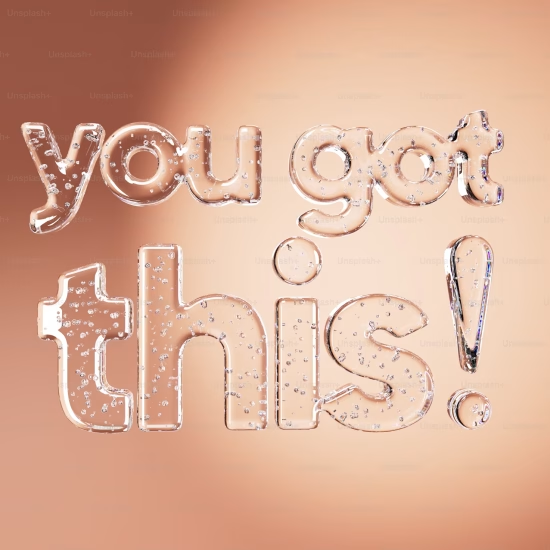
In my early career as a science teacher, I knew the kinds of questions that I wanted students to answer: those questions would require thinking, synthesis of ideas, and the application of those ideas. An obvious place for questions like these was in the follow up with lab experiences. At the end of a Chem lab on flame tests, I might ask, “Which is the most important – the anion or the cation, to determine the flame color? Provide evidence.” At the end of an activity in bio that simulated gene insertion, I would ask, “Why are some people concerned about extra base pairs between the inserted gene, and the beginning of the bacterial DNA?”
In this scenario, 1% to 10% might answer the question. Another 10% would come to me and ask for help. The remaining 80-90% would leave it blank. I usually ended up answering the question myself in a follow-up.
My method wasn’t eliciting the kind of productive struggle I was looking for. Productive struggle is something that many teachers hold dear, but many of you may have had the same challenge I had with getting students to struggle long enough that it actually produces some learning. With more experience under my belt, I determined that while I had the right idea in the quality of my questions, I realized that I had yet to use two other tools: collaboration and the general state of classroom expectations.
Certainly, the quality of the questions were a good place to start. I knew that simple, bottom-of-Bloom’s kinds of questions wouldn’t get my students to struggle – useful questions required students to analyze and connect ideas.
But when confronted with that mental struggle, students either didn’t have the internal desire, or the external push to just reside in the problem and persevere through to its solution. While changing internal desire of the student can be difficult, I knew that as a classroom teacher, I could provide an external push. My approach: offer the question in class, and have the students focus on just that question that I thought might create the productive struggle, so that I knew they would have the time to just sit and think. When I tried this approach, it just didn’t work, either. There was lots of hand-raising but no appreciable percentage of students were working through the problem.
Scientists often create understanding together, so I applied that approach to the classroom , naming the process the “Best Answer Protocol”.
To run the protocol, I…
- Offered a challenge question to students in groups of about 4.
- Encouraged each group to generate their own answer to the question, taking into account the ideas of the unit.
- Had each group share their initial thinking to all the groups. All the other groups took brief notes on the ideas of the other groups.
- Had groups return to their small group to decide who among all the groups had the best answer so that they could then refine their own answer
- Did not share my thinking during the process.
This approach turned out to be the winning formula. The groups spent time together, considered the various possibilities as they formulated their ideas, and they listened to the other groups’ answers with intent and focused attention. They returned to their own work, and finished with an answer that was spot-on. 100% of the groups nailed it.
This makes sense, doesn’t it? Sometimes one person doesn’t know the entry into a complex problem, but a group of people might be able to piece together an approach. Once they start talking, they can use each other to provide real-time feedback about the quality of each proposed approach. Questions that invoke critical thinking are often best addressed in groups.
And while I will always advocate for group work, it wasn’t the only factor that helped the students productively struggle. There was also the facilitation of a structured protocol: I showed students how to interact in a group, so that they understood what the expectations were and helped them see that they could rely on one another. I also gave them permission to make mistakes. I made it very clear at the beginning of the session that I was not going to share my own thinking until the very end. If they were going to get good ideas, they would have to get them from their peers.
This notion of giving permission to students to safely struggle has been key, and students knew they could struggle because there were several protocols and expectations – what I call classroom structures – about my interaction with them that allowed them the freedom to experiment with ideas. Along the way, I discovered a phrase that seems to do the trick of providing permission. I will often say to students, particularly as a preface to them creating a lab procedure (which requires a whole lot of critical thinking),
“I am going to tell you WHAT to do, but I am not going to tell you HOW to do it.”
Students know that they, together, must figure out an answer. I ended up testing the efficacy of the statement when I shared it with another teacher. She tried the statement with one class, but not the other, because she was skeptical with my claims that the statement seemed to be most effective. Later, she reported that the group to whom she provided the statement worked both more productively and independently than the class to whom she didn’t use the phrase.
The phrase is a small move, emblematic of the notion that if students expect the teacher to not jump in, they can struggle. Many teachers who teach the structure of solving a physics or chemistry problem engage in this kind of messaging as they work the room. You’ll hear those teachers invoke the structure, and then offer not answers but instead guided questions that will help the students move through the struggle. Project-based teachers know this when they provide a complex problem but provide a structure of having students identify the things they know, the things they need to know to solve the problem, and some next steps they might take. By having the structure in place, students can manage the struggle over the longer term.
If you are a teacher, struggling to get your students to struggle, consider these questions:. Are your questions complex enough? Do you have them engage collaboratively in problem solving? Do you give them permission to try out and scrutinize new ideas? The concrete action of providing a task that requires analysis to groups of students, with clear expectations, can go a long way to help your students wrestle with the ideas of your discipline and achieve deeper understanding.







KfnqDuxw / July 11, 2025
1
/